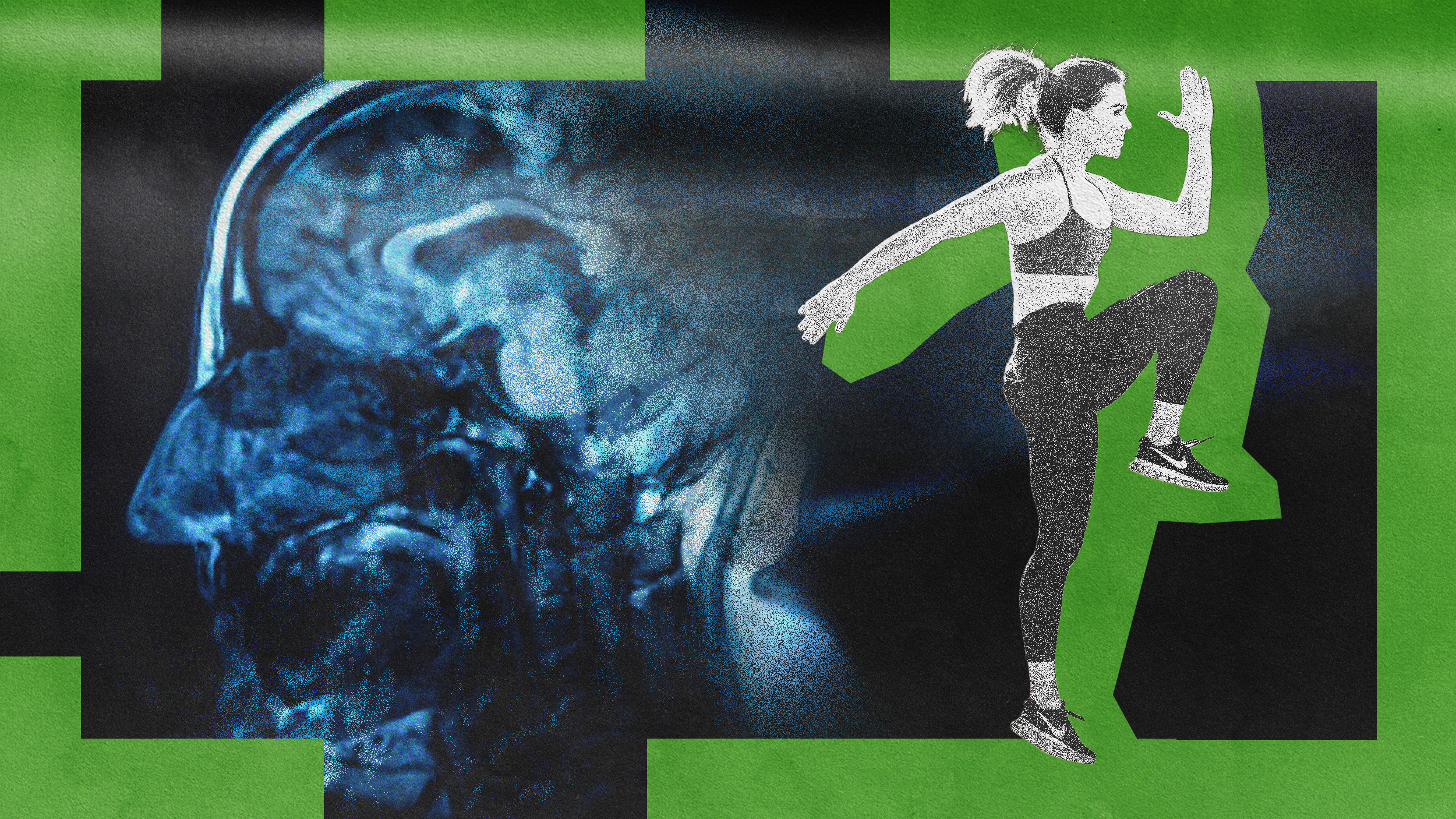Exercise Shown to Alleviate Symptoms of Depression and Anxiety Disorder

For most of our time on earth movement was required of humans. Building shelter, tending to crops, gathering, hunting, transporting water from the stream—sedentarism meant death, for if you weren’t willing to carry your load you would be left behind. The concept of ‘exercise’ did not exist. We have bodies and so we used them.
The reasons for our sedentary present are numerous, but suffice it to stay that many modern humans would not survive the rigorous demands of physical activity if thrown back a few millennia. To counteract the slow-paced non-dynamic nature of office life ‘exercise’ became necessary. The fitness industry is one of the most booming economic drivers in our economy today.
Yet still many do not move enough and that’s a problem. It’s not only our low back and physique that suffers when we don’t take care of ourselves. Our brain is starved as well, leading to a cascade of emotional and cognitive problems.
As research continues to collect on just how important movement is to well-being, a new study conducted in Amsterdam shows a link between a lack of exercise and symtpoms of anxiety disorder and depression. The researchers looked at how three activities—sports participation, generally physical activity, and sedentary behavior—influence downcast and anxious attitudes.
What the researchers term ‘sports’ is their way of expressing intentional exercise, whereas ‘general physical activity’ implies your daily movements at home and work and during leisure time. They separate this from sedentary behavior, which is reserved specifically for time spent sitting. For easier understanding I’ll refer to ‘sports participation’ as exercise moving forward.
The researchers looked at six years of data from people suffering from depressive and anxiety symptoms to better understand the bi-directional relationship between exercise and emotional regulation. Much of the literature, they write, focuses on exercise’s role in depression and anxiety, though not if those mindsets influence exercise behavior.
They also honed in specifically on how anxiety disorders is affected by exercise. I’ll interject briefly by stating that one way I dealt with panic attacks was by running (on a treadmill or outside) at the onset of an attack. Raising my heart rate allowed me to ‘outrace’ the physiological cascade of symptoms occurring during the attack. While my breathing rate was shortened in the beginning, within ten minutes I felt the effects of the attack subside. How one affects the other—chicken or egg—is an intriguing line of inquiry, however.
Thus 2,981 adults with anxiety disorder and depressive disorders between the ages of eighteen and sixty-five, as well as healthy controls, from the Netherlands Study of Depression and Anxiety (NESDA) were studied. Researchers controlled by removing those suffering from obsessive compulsive disorder, psychosis, bipolar disorder, and severe addiction. Participants were measured at the two-, four-, and six-year mark following the initial study. Seventy-five percent of participants were retained at the six-year mark.
Perhaps unsurprisingly researchers found what much of the previous literature suggests. People who suffer from anxiety disorders and depression exercise less, as well as move around during their daily activities less, than healthy controls. Interestingly, of the three activity levels, lack of exercise was associate with greater severity of symptoms and an increase of disorder onset. This led researchers to conclude,
Over time, there seems to a mutually reinforcing, bidirectional relationship between psychopathology and lower physical activity, particularly low sports participation. People with anxiety are as adversely affected as those with depression.
We are mobile animals with plenty of joint articulation and a combination of slow-twitch and fast-twitch muscle fibers. The range of movements available to us are endless. In order to thrive we must practice diverse movement often. The consequences go beyond a bulging middle and poor posture. Cognitive and emotional health are inextricably linked to our biological requirements for cardiovascular activity, strength training, and flexibility. Anything less is denying what evolution designed our bodies to do, and not living up to that potential is a tragedy with terrible consequences.
—
Derek’s next book, Whole Motion: Training Your Brain and Body For Optimal Health, will be published on 7/17 by Carrel/Skyhorse Publishing. He is based in Los Angeles. Stay in touch on Facebook and Twitter.





